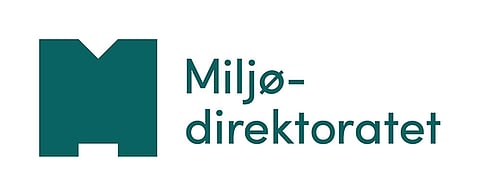

Miljødirektoratet, the Norwegian Environment Agency, is a Norwegian government agency under the Ministry of Climate and Environment.
Photo: Miljødirektoratet
A recent inspection campaign coordinated by the Norwegian Environment Agency Miljødirektoratet has revealed that nine out of ten land-based aquaculture facilities inspected in Norway are violating pollution regulations, with many lacking proper emissions control.
Out of 77 facilities inspected, representing a quarter of the country's land-based fish farms, 68 were found to be in breach of the pollution control rules.
Inspectors recorded a total of 261 violations, including 34 deemed serious. Three out of four facilities lacked satisfactory emissions control, and one in five failed to meet requirements related to emissions treatment. Internal control systems were also found lacking in 50 of the facilities, according to the Agency.
“Land-based fish farming facilities are becoming both more numerous and larger. They involve physical interventions in nature and generate significant emissions into the sea. Inspections show that many of these operations do not have adequate control over their emissions. We expect them to correct these violations as quickly as possible,” said Hilde Singsaas, Director of the Norwegian Environment Agency, in a press release.
Pollution authorities at 10 state governors inspected 77 land-based aquaculture facilities last year, representing 25% of all the country's facilities.
Map: Norwegian Environment Agency.
The inspections, mostly conducted as unannounced one-day visits by County Governors’ offices, aimed to assess compliance with environmental requirements.
The results indicate substantial variation within the industry, the Agency notes, with half of all the violations concentrated within 25% of the inspected facilities.
Discharges from these facilities, including nutrients and particles, can severely impact marine ecosystems through seabed siltation and over-fertilization, the Norwegian Environment Agency said, noting that permits under Norway's Pollution Control Act are based on the operators’ own estimates of potential emissions reductions.
“Large land-based facilities can have high emissions. Therefore, effective treatment is a key condition. Without such limits, they would not have received permits under the Pollution Control Act to operate land-based fish farms,” Singsaas noted.
“These inspections provide us with valuable information about the industry and show there is much to improve in terms of pollution control. The results also demonstrate the need for continued regulatory oversight of land-based aquaculture. We are also considering how we can guide the industry more effectively on regulatory compliance,” Singsaas said.
The Environment Agency said it will use the findings from the inspection campaign to help develop standardized requirements for land-based aquaculture, following a mandate from Norway's Ministry of Climate and Environment.
